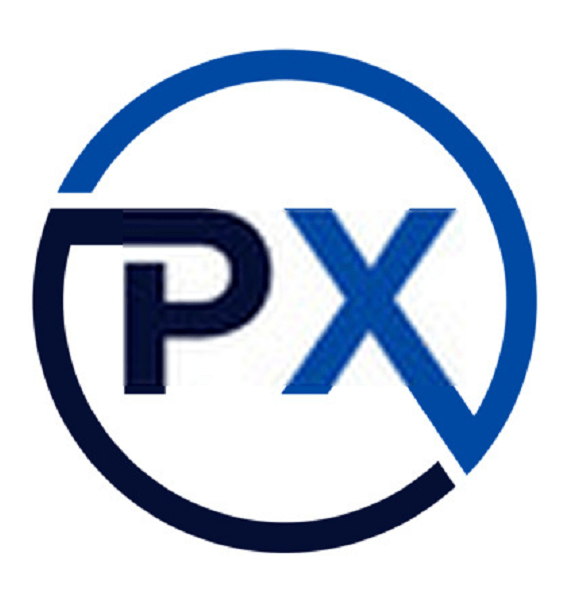Here are a few hints to help make the best innovative arrangements: Design text to be huge, clear, and searchable. Try not to utilize odd text styles. Adhering to typefaces that are clear and natural may eventually subvert some elusive structure choices, yet it will bring about substance that is far simpler to devour. The plans ought to be pertinent to the substance. In the event that promoting a deal on books, show an image of books; if advertising another course, an image of the speaker will help. With regards to pictures, less is better. Numerous clients turn pictures off to diminish download time, and a few customers like Gmail have pictures off as a matter of course. The source of inspiration ought to be enormous and click-accommodating. Connections that resemble fat, pushable fastens quite often perform better than basic content connections. Make the promotion as large as it should be. There is no supernatural proportion or impeccable measurement. At times, it is a clean 400✕400 pixel square;7 different occasions, a newspaper like 600✕1000 pixels. On a last note, the upper-left corner is the enchantment quadrant for email promotions. Due to see sheets in email customers, you never know precisely the amount of the innovative will show. Figure 15-5 pictures the two most normal email customer arrangements. The review sheet bind is particularly predominant in B2B conditions, where experts are utilizing undertaking grade email customers like Outlook and Lotus Notes. In an investigation by EmailLabs,8 the vast majority of B2B respondents said they approached a see sheet; of these, seven out of ten really use it; 75 percent utilize the review evenly, 25 percent vertically, yet most of all respondents keep the see sheet open around 2 to 5 inches, which implies pretty much every message is sliced off somewhat. (In buyer promoting, it’s less of an issue since online customers like Gmail don’t uphold reviewing email.) Banners Banner publicizing has been around since the beginning of the Web. For a long time it was the alpha and omega of web based publicizing, and numerous organizations of the primary Internet air pocket of the last part of the 1990s based their strategies (on the off chance that they had one) on selling advertisement space to make up for the real administrations they were parting with. For each business that succeeded (like Yahoo), twelve fizzled. In those days the interest for pennant promoting basically couldn’t fill the plentiful gracefully of space. Today, organizations have different promoting channels to browse, and standards are presently a little bit of the more noteworthy riddle. Indeed, numerous contemporary locales really limit the flag space accessible for procurement, favoring rather the more worthwhile salary of logical promoting like Google AdWords. Indeed, even Yahoo, when the ruler of the standard business, includes just one significant promotion on their landing page—the rest is involved little content connections, logos, and artificial articles prompting corporate-supported material. Despite the fact that the flag business despite everything represents billions of yearly promoting dollars, its essence is fading. Paid pursuit and email promoting have since a long time ago deposed it. In any case, great pennants can even now drive astounding traffic, and the organization offers a couple of key points of interest, similar to the accompanying: Capacity to be profoundly dissected: Punctilious flag the board programming plans promotion pivots, tracks impressions and snap throughs, and that’s just the beginning. Advertisers are given these outcomes to assist them with improving their inventive. Demonstrated achievement: While pennants may appear as though a medium worn ragged, they do convey results, which is the reason firms continue putting resources into them. Remittance of innovative opportunity: Unlike plain-text advertisements or paid inquiry, which depend altogether on text, standards can be intended to outwardly interest the crowd. This incorporates an assortment of advertisement sizes, activity, and a range of typography and shading decisions. Stage for rich media: More than some other medium, certain destinations permit standards that utilization Flash, video, and more to catch the peruser’s eye. This accommodates more vivid client encounters, where items and administrations can de definite inside the promotion, or the client can play with the advertisement before focusing on a tick.
While these are solid contentions for publicizing with flag designs, the medium is burdened by a couple of huge negative variables. These aren’t major issues, but instead fortify the requirement for an expanded, multichannel crusade like the model for The First Page prior in the section. A portion of the purposes of worry for flags incorporate the accompanying: Prohibitive particulars: Often, flags are restricted to an exceptionally little record size, and energized GIF documents can get revolting rapidly with a lot of pressure. Notwithstanding the restricting impression, standards are constantly compelled to a foreordained pixel size. Peruser burnout: Unsurprisingly, perusers are so acclimated with the omnipresent 468✕60 flag that they have figured out how to block that space totally out. Hard to contextualize: Without noteworthy anticipating the piece of both the promoting party and the media website, the arbitrary revolution of standards is probably going to put them in site pages with unessential substance. Once more, these are insufficient for organizations to excuse flags by and large. Today, driving a fruitful pennant crusade is completely conceivable, yet it requires unquestionably more pondering and premonition than in past times. Essentially slapping up a turning logo with a slanted Click Here catch isn’t sufficient. Organizations needing a huge return for their endeavors need to dive further into the Web, discover the locales that intrigue to their market, and work with the distributer to make a viable timetable. Most sites that have flag advertisements are more than ready to make altered projects for their benefactors—the stunt is finding the areas generally deserving of your well deserved promotion financial plan. Locate the correct destinations An organization’s promoting group ought to comprehend different sites their segment normally visits, from major media locales to sites. While laying out a pennant based mission, assemble a rundown of the best ten most encouraging locales for qualified traffic.
You may round out this rundown by doing the accompanying: Identify past progress: If you have fabricated a standard mission previously, recognize the top performing destinations from that run, and start your rundown with those that have regarded you before. Consider online variants of conventional media: Think about exchange distributions, magazines, and papers your segment expends. Huge numbers of these have an online nearness. For focusing on a geographic territory, it’s difficult to beat a nearby paper’s site. Use web crawlers: Using a couple of watchwords from your flow crusade, utilize web indexes to light up likely shrouded jewels. For example, a quest for “homicide riddle books” may turn up a book audit site with a little yet committed crowd—ideal for economical advertisers.


